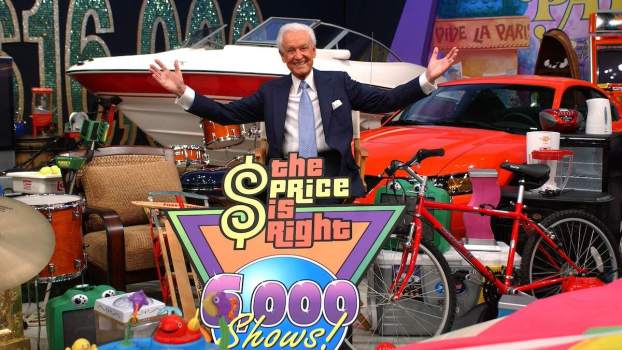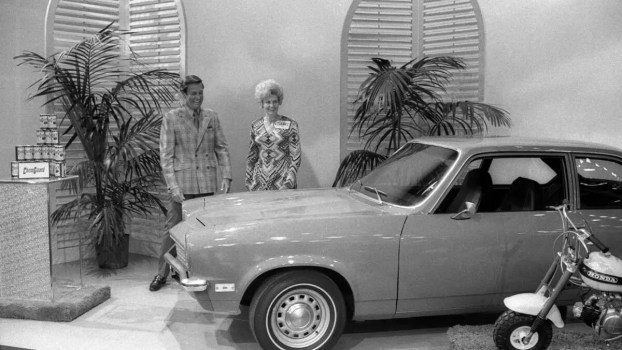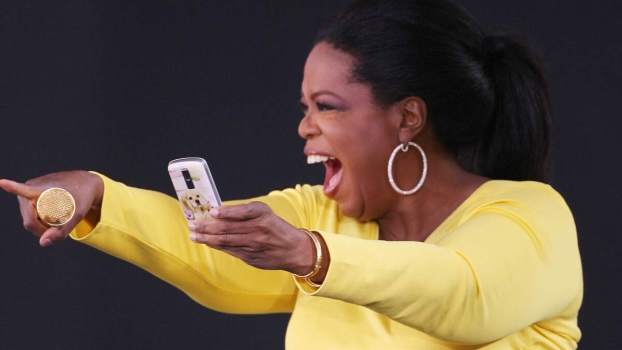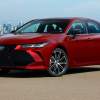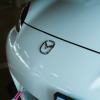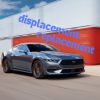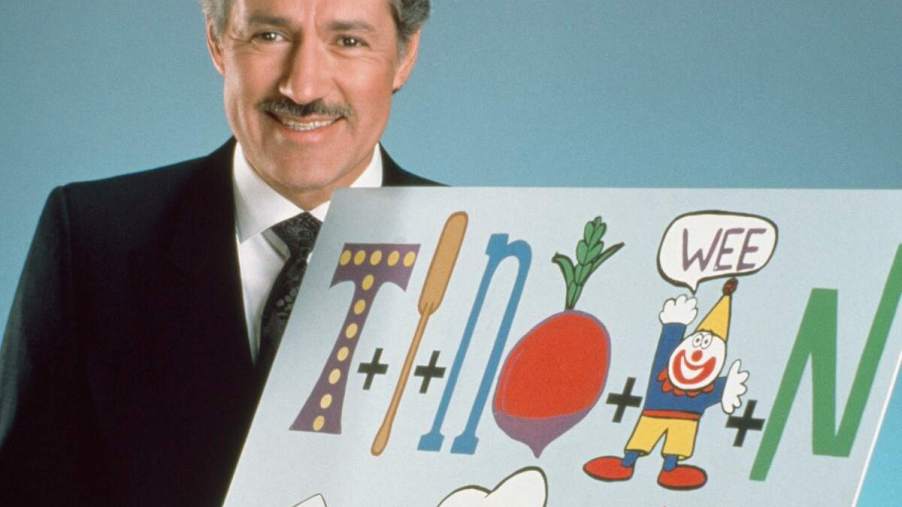
1 Cheap Japanese Car Was a Questionable Prize on a Forgotten 1980s Game Show
Alex Trebek is best remembered for Jeopardy!, but he also hosted other game shows. One was Classic Concentration, airing from 1987 to 1991. Although largely forgotten, Classic Concentration was notable for its bonus round. The grand prize was always a new car — some better than others.
A few of the more desirable models were a Chevy Camaro IROC-Z, an Alfa Romeo Spider, and a seemingly endless supply of Jeep Wranglers. The show also offered many clunkers, including the Yugo GV, the Hyundai Excel, and the focus of this article: a cheap Japanese car called the Daihatsu Charade.
The Charade was only 1 of a few Daihatsu cars sold in the U.S.
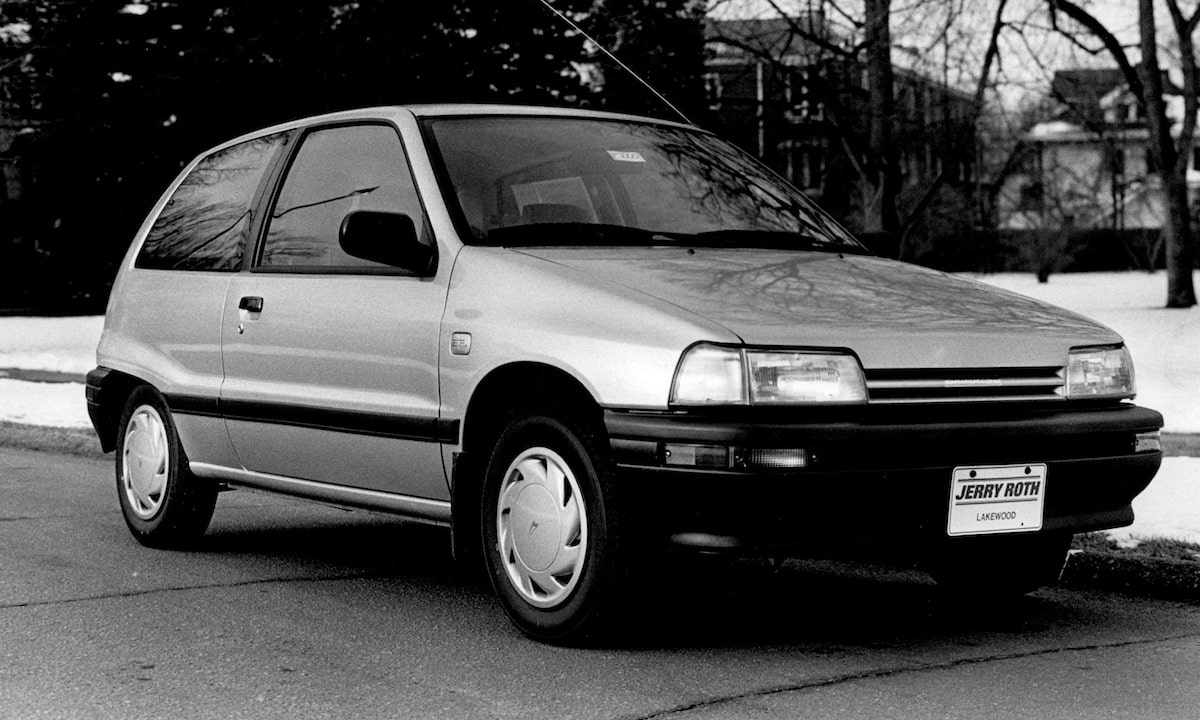
Even those alive and of legal driving age 30-plus years ago probably don’t remember much about the Daihatsu brand. That’s primarily because it sold only a few models in America: the three-door Charade hatchback, a rare Charade sedan, and the Rocky, a Suzuki Samurai-esque SUV.
Americans wouldn’t be familiar with Daihatsu if not for automotive giant Toyota taking a controlling interest in the brand in the late 1980s. Apparently, Toyota executives believed there was a market for the cheap and cheery imports on U.S. soil. So, the first Charade cars were exported to the States for the 1988 model year.
In the ensuing years, the company relentlessly promoted the Charade on Classic Concentration, appearing as a featured prize dozens of times. It was to no avail. The Charade was a bona fide flop, and Daihatsu/Toyota pulled it from the U.S. market after an abbreviated 1992 model year.
Is the Daihatsu Charade a good car?
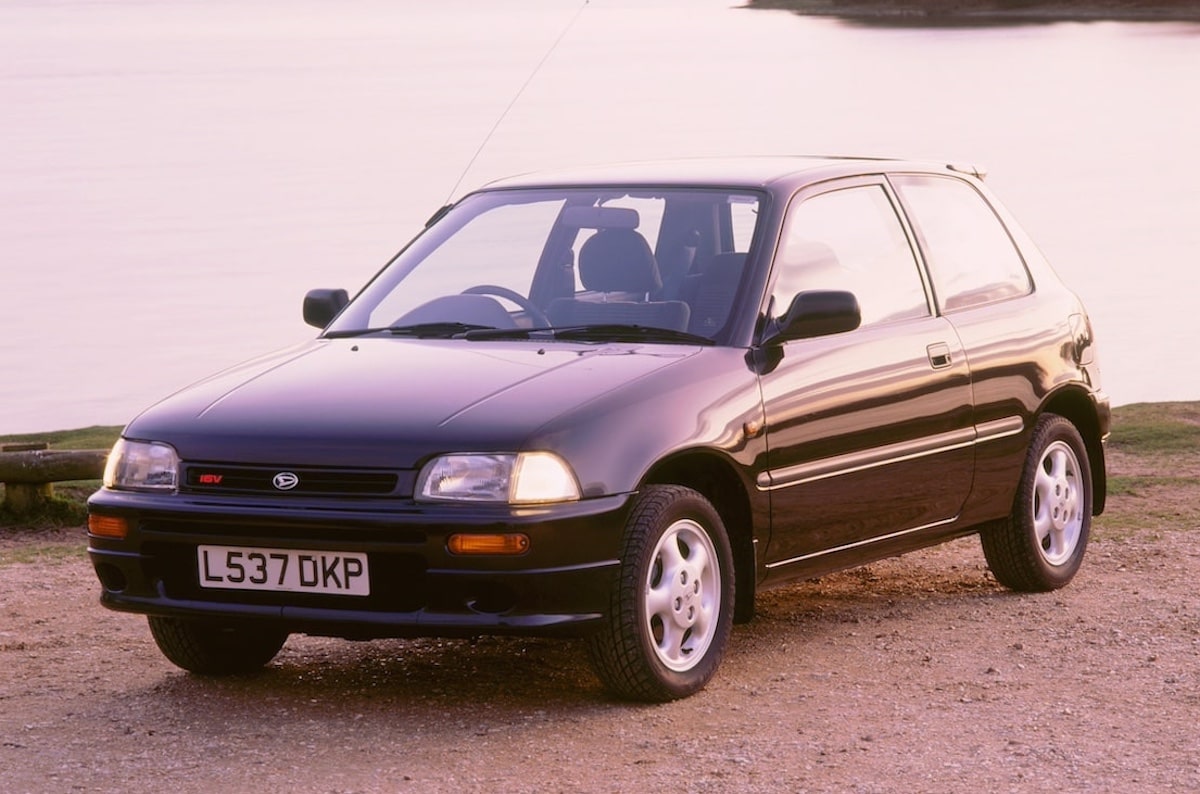
Initially, the Daihatsu Charade was available only with a 1.0-liter three-cylinder engine making a measly 53 hp. Through today’s lens, that figure seems better suited for a motorcycle than a car. Later, an optional 1.3-liter four-cylinder producing 80 hp joined the party, as did a three-speed automatic transmission. With the three-banger, 0 to 60 mph took about 15 seconds. At least fuel economy was good, roughly 40 mpg for the 1.0-liter and 31 mpg for the 1.3-liter.
With the optional four-cylinder, it wasn’t a bad little car. “The four-door, four-cylinder, front-wheel-drive, 16-valve Daihatsu SX is a terrific little commuter — ample legroom and headroom for four adults, decent luggage space, solid construction, and a generally nice small-car feel. Everything blends on the Daihatsu SX,” a 1992 Charade review on Cars.com says.
Meanwhile, the sentiment about the three-cylinder model is that it should be banished as too slow and flimsy for U.S. highways. According to other period reports, the Charade was well-built and reliable, as most Japanese cars of that era tended to be.
Price-wise, the SE base model retailed for $7,074 in 1992, including the destination charge. The more upscale SX trim with a four-cylinder engine and automatic would have set buyers back $10,274. Those MSRPs are equivalent to about $16,000 and $23,000 in today’s dollars.
Why did Daihatsu leave the U.S.?
If you were looking for a small, cheap commuter car that was also inexpensive to drive, you could do far worse than the Daihatsu Charade. So, what went wrong?
In the Charade’s best year of 1989, approximately 15,000 cars were sold. To put that number into perspective, Toyota sold nearly 200,000 Camrys that year. By 1991, Charade sales had fallen to only about 6,200 units against stiff import competition that was more firmly entrenched in the U.S. market.
Despite the Classic Concentration game show tie-in, Daihatsu struggled to gain traction in the States. Some blame lackluster marketing for Daihatsu’s failure, combined with a lack of brand recognition among U.S. consumers. Even the car’s name, “Charade,” didn’t escape criticism.
“Charade” means a blatant deception or false act — a fake, if you will. The word’s negative connotation might have evaded Japanese executives but not American buyers.
